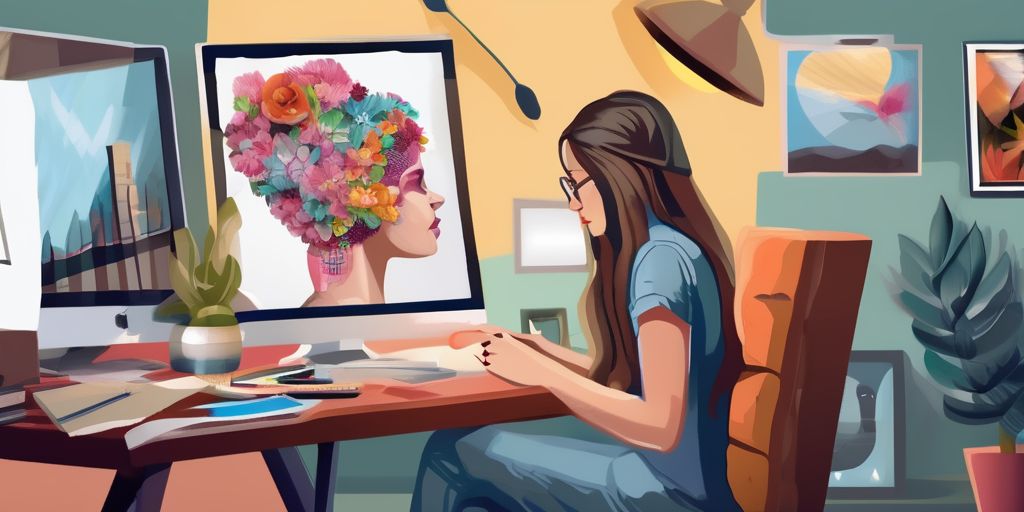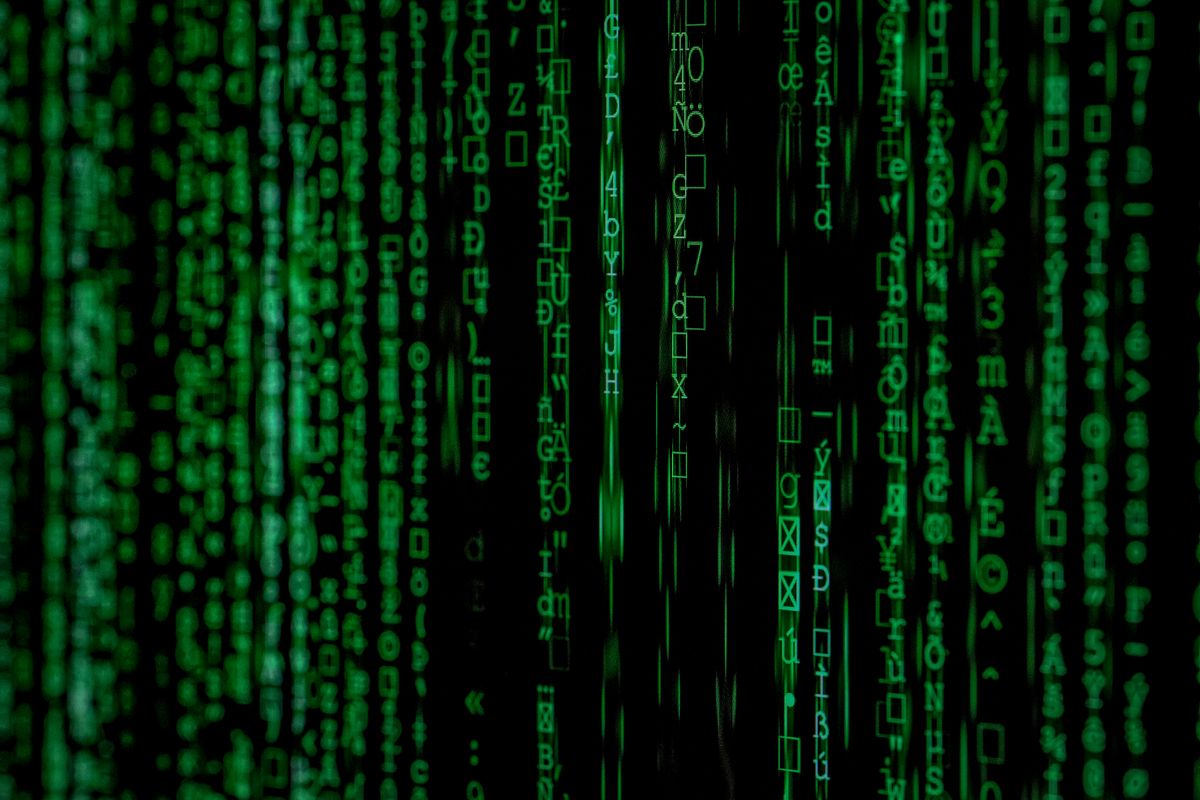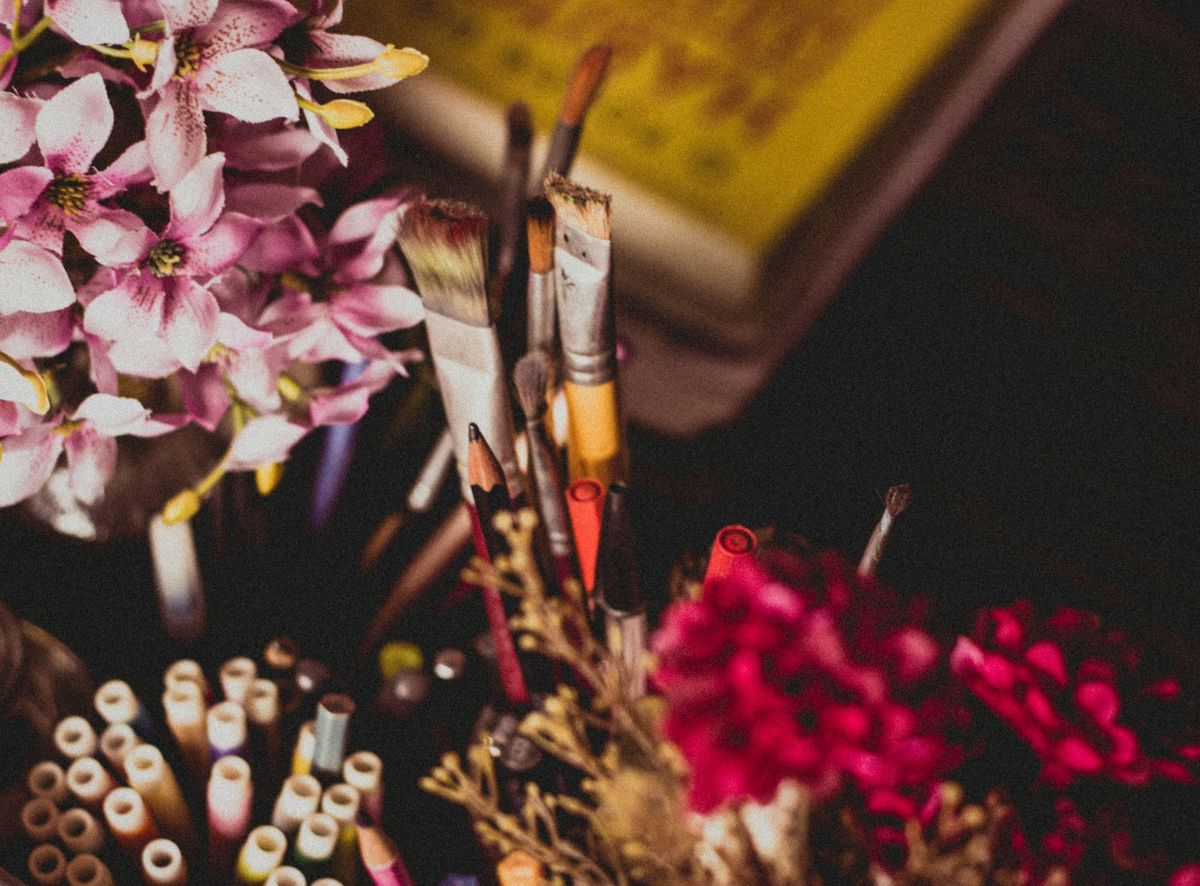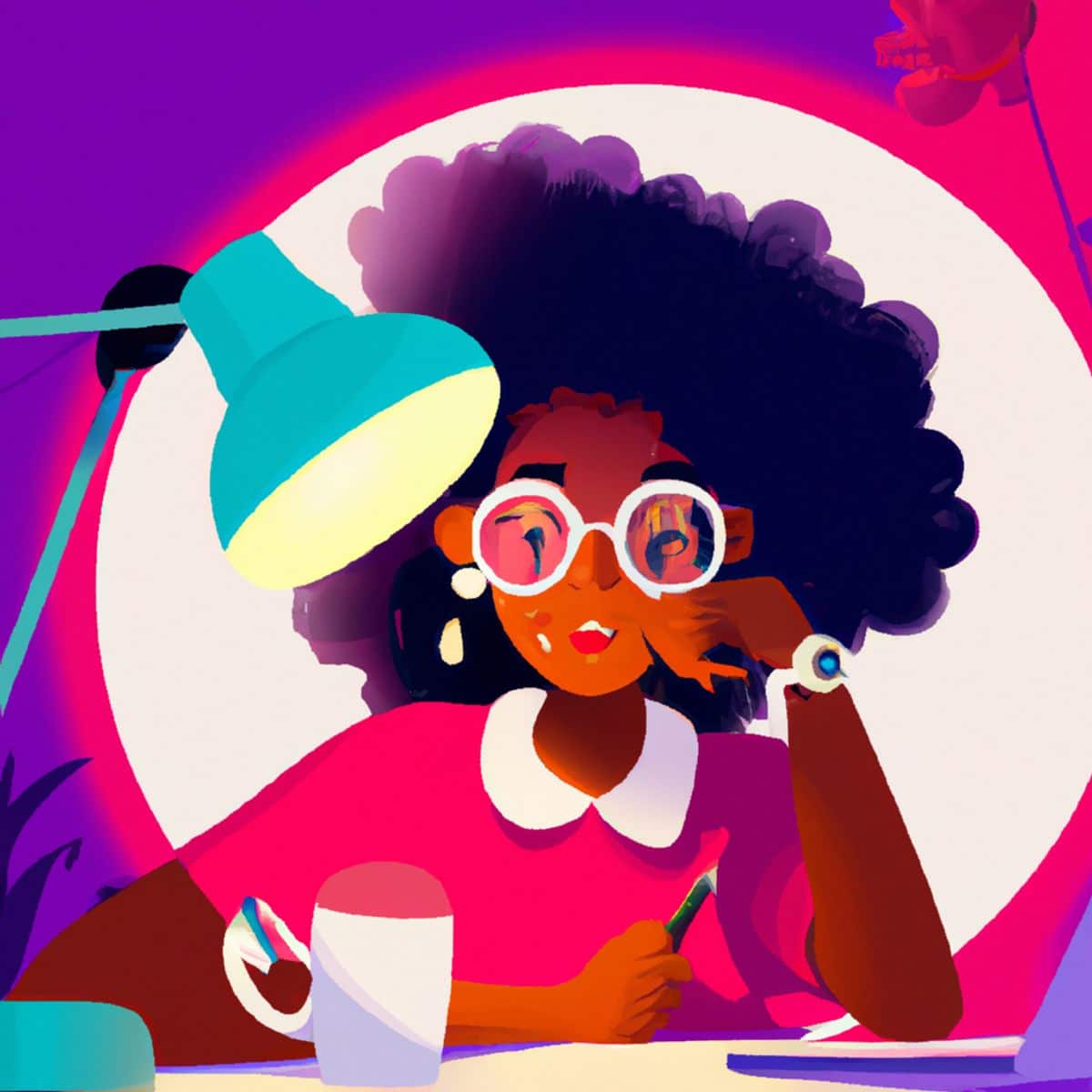Hiring a digital artist can be a daunting task, especially if you’re not familiar with the world of digital art. In this guide, we will walk you through the process of hiring a digital artist, from understanding their role and skills to managing the collaboration process and protecting your intellectual property rights. By following these steps, you’ll be able to find and work with a talented digital artist who can bring your artistic vision to life.
Table of Contents
ToggleKey Takeaways
- Understand the role and skills of a digital artist before hiring.
- Evaluate digital artists’ portfolios to ensure their style aligns with your vision.
- Conduct thorough interviews to assess their communication and collaboration skills.
- Set clear expectations, deadlines, and deliverables to avoid misunderstandings.
- Protect your intellectual property rights by including clauses in contracts and enforcing them.
Understanding the Role of a Digital Artist
What is a Digital Artist?
A digital artist is a creative professional who uses digital tools and technologies to create visual artwork. They combine their artistic skills with technical expertise to produce digital illustrations, paintings, animations, and other forms of digital art.
Digital artists often work with software programs such as Adobe Photoshop, Illustrator, and 3D modeling software to create their artwork. They may also use digital drawing tablets or stylus pens to create their designs directly on a computer screen.
Digital art allows artists to explore a wide range of styles and techniques that may not be possible with traditional art mediums. It offers flexibility, speed, and the ability to easily make changes and revisions to artwork.
Key skills and qualifications of a digital artist include proficiency in digital art software, a strong understanding of composition and color theory, creativity, attention to detail, and the ability to work independently or collaboratively on projects.
Here are some key points to consider when hiring a digital artist:
- Look for a digital artist with a portfolio that showcases their range of skills and style.
- Consider their experience and expertise in the specific type of digital art you require.
- Evaluate their ability to understand and interpret your artistic vision.
- Communication skills are crucial for effective collaboration with a digital artist.
Tip: When evaluating a digital artist’s portfolio, pay attention to the diversity of their work and their ability to adapt to different artistic styles and genres.
Skills and Qualifications of a Digital Artist
When hiring a digital artist, it is important to consider their skills and qualifications. A digital artist should have a strong understanding of various digital art techniques and tools. They should be proficient in using software such as Adobe Photoshop, Illustrator, and Procreate. Additionally, they should have a good eye for composition, color theory, and visual storytelling. Creativity is a key skill for a digital artist, as they need to come up with unique and innovative ideas for their artwork. They should also have good communication and collaboration skills, as they often work with clients and other team members to bring their artistic vision to life.
Different Types of Digital Art
Digital art encompasses a wide range of artistic styles and techniques. From digital painting to 3D modeling, there are numerous ways for artists to express their creativity using digital tools. Here are some of the most common types of digital art:
- Digital Painting: Artists use digital brushes and software to create paintings that mimic traditional art mediums like oil, watercolor, and acrylic.
- 3D Modeling: Artists create three-dimensional objects and characters using specialized software. This type of digital art is often used in animation, video games, and virtual reality.
- Graphic Design: Digital artists use software like Adobe Photoshop and Illustrator to create visual designs for websites, advertisements, and other digital platforms.
- Photo Manipulation: Artists combine and alter photographs to create surreal or fantastical images. This type of digital art is often used in advertising and editorial design.
- Motion Graphics: Artists create animated visuals and typography for videos, films, and multimedia presentations.
Digital art offers endless possibilities for artists to explore and experiment with different styles and techniques. Whether it’s creating realistic paintings or designing futuristic 3D models, digital artists have the tools and technology to bring their imagination to life.
Finding and Evaluating Digital Artists
Where to Find Digital Artists
Finding a digital artist can be a daunting task, especially if you’re not familiar with the industry. However, there are several places where you can start your search. Online platforms such as Behance and Dribbble are popular among digital artists to showcase their work and connect with potential clients. Social media platforms like Instagram and Twitter are also great places to find talented digital artists. Additionally, art communities and forums like DeviantArt and ArtStation are worth exploring. These platforms allow you to browse through portfolios, connect with artists, and even post job listings.
Evaluating Digital Artists’ Portfolios
When evaluating digital artists’ portfolios, it is important to look for a diverse range of work that showcases their skills and creativity. Attention to detail is a crucial aspect to consider, as it demonstrates the artist’s ability to create precise and polished artwork. Additionally, pay attention to the composition and use of color in their pieces, as these elements can greatly impact the overall aesthetic. It is also beneficial to review the artist’s previous client work and collaborations to get a sense of their professionalism and ability to work within a team. Lastly, take note of any unique or innovative techniques the artist incorporates in their work, as this can set them apart from others in the field.
Interviewing Digital Artists
When interviewing digital artists, it is important to assess their skills and experience in the specific type of digital art you require. Ask them about their previous projects and how they approached different challenges. Additionally, inquire about their creative process and how they collaborate with clients to bring their artistic vision to life. It is also crucial to evaluate their ability to meet deadlines and work within a given timeframe. Finally, consider their communication skills and how well they can understand and interpret your artistic direction.
Setting Clear Expectations and Goals
Defining the Scope of the Project
When defining the scope of the project, it is important to clearly outline the specific goals and objectives that need to be achieved. This includes determining the size and complexity of the project, as well as any specific requirements or constraints. It is also essential to identify the target audience and the intended purpose of the digital art. By clearly defining the scope, both the client and the digital artist can have a shared understanding of what needs to be accomplished.
Establishing Deadlines and Deliverables
When establishing deadlines and deliverables for your digital art project, it is important to be clear and specific. This ensures that both you and the digital artist are on the same page and have a clear understanding of what needs to be accomplished.
One effective way to establish deadlines and deliverables is by creating a table that outlines the different milestones and their corresponding due dates. This provides a structured and visual representation of the project timeline.
Here is an example of how the table can be structured:
| Milestone | Due Date |
|---|---|
| Sketches | 1 week |
| Color | 2 weeks |
| Final Art | 3 weeks |
By breaking down the project into smaller milestones, you can track progress more effectively and ensure that the project stays on schedule.
Tip: Regularly communicate with the digital artist to check on their progress and address any potential delays or issues that may arise.
Communicating Artistic Vision
When working with a digital artist, effective communication is key to ensuring that your artistic vision is accurately translated into the final artwork. It is important to clearly convey your ideas, preferences, and expectations to the artist. Collaboration is essential in this process, as it allows the artist to understand your vision and make any necessary adjustments or suggestions. Active listening is also crucial, as it enables the artist to fully grasp your requirements and provide the desired outcome. By maintaining open and clear communication, you can ensure that the final artwork aligns with your artistic vision.
Negotiating
Understanding Pricing Models
When it comes to hiring a digital artist, understanding pricing models is crucial. Pricing models determine how much you will pay for the artist’s services and can vary depending on factors such as the complexity of the project, the artist’s experience and reputation, and the desired deliverables. Here are some common pricing models used in the digital art industry:
- Hourly Rate: The artist charges an hourly rate for their work. This model is often used for projects with uncertain timelines or for tasks that require ongoing collaboration.
- Flat Fee: The artist charges a fixed amount for the entire project. This model is commonly used for well-defined projects with clear deliverables.
- Royalties: The artist receives a percentage of the revenue generated by their artwork, typically used for commercial projects.
It’s important to discuss and agree upon the pricing model with the digital artist before starting the project to ensure transparency and avoid any misunderstandings.
Managing the Collaboration Process
Providing Feedback and Direction
When working with a digital artist, providing feedback and direction is crucial for ensuring that the final artwork meets your expectations. Clear and specific feedback helps the artist understand your vision and make the necessary adjustments. It is important to be constructive in your feedback, highlighting both the strengths of the artwork and areas that need improvement. Additionally, timely feedback is essential to keep the project on track and avoid delays. Regular communication and open dialogue with the artist will foster a collaborative environment where ideas can be shared and discussed.
Maintaining Effective Communication
Effective communication is crucial for a successful collaboration with a digital artist. Clear and timely communication ensures that both parties are on the same page and can address any issues or concerns promptly. It is important to establish preferred communication channels and set expectations for response times. Regular check-ins and updates help maintain transparency and keep the project on track. Additionally, active listening and providing constructive feedback are essential for fostering a positive working relationship.
Ensuring Quality and Timeliness
Quality Assurance and Review Processes
Quality assurance and review processes are crucial in ensuring the final artwork meets the desired standards. These processes involve thorough checks and evaluations to identify any issues or areas that require improvement. One effective method is to implement a structured review system, where specific criteria are used to assess the artwork’s quality and adherence to the project requirements. This helps in identifying any inconsistencies, errors, or deviations from the artistic vision. Additionally, regular communication and feedback between the digital artist and the client play a vital role in ensuring that any necessary revisions or adjustments are made promptly.
Monitoring Progress and Deadlines
Monitoring the progress of a digital art project is crucial to ensure that it stays on track and meets the established deadlines. Regular check-ins with the digital artist can help identify any potential issues or delays early on and allow for adjustments to be made. It is important to establish clear communication channels and set expectations for progress updates. Additionally, having a project management tool or software in place can help track the status of different tasks and milestones.
Addressing Issues and Revisions
When working on a digital art project, it is important to address any issues or revisions that may arise. Timely communication is key in resolving these matters and ensuring the project stays on track. Here are some steps to effectively address issues and revisions:
- Identify the problem: Take the time to understand the issue or revision that needs to be addressed. This will help in finding the appropriate solution.
- Discuss with the artist: Engage in open and honest communication with the digital artist. Share your concerns and listen to their perspective.
- Collaborate on a solution: Work together with the artist to find a solution that meets both parties’ needs. This may involve brainstorming ideas or making compromises.
- Implement the solution: Once a solution is agreed upon, take the necessary steps to implement it. This may include making changes to the artwork or adjusting project timelines.
Remember, addressing issues and revisions in a timely and collaborative manner is crucial for the success of the digital art project.
Building Long-Term Relationships
Providing Feedback and Recognition
Once you have received the initial artwork from the digital artist, it is important to provide timely and constructive feedback. This feedback should highlight the strengths of the artwork and offer suggestions for improvement. Encourage the artist to explore different techniques and styles to enhance the overall quality of the artwork. Additionally, it is crucial to recognize the artist’s efforts and talent. Express appreciation for their hard work and dedication in bringing your artistic vision to life.
Offering Future Opportunities
After completing a successful project with a digital artist, it’s important to consider offering future opportunities. By maintaining a positive relationship and providing feedback and recognition for their work, you can create a foundation for a long-term collaboration. This can include offering them the chance to work on future projects or recommending them to other clients or colleagues. Building a network of talented digital artists can be beneficial for both parties, as it allows for continued growth and development in the field of digital art.
Maintaining Professional Connections
Building and maintaining professional connections is crucial for long-term success in the digital art industry. Networking with other artists, clients, and industry professionals can lead to new opportunities, collaborations, and valuable insights. Here are some strategies to help you establish and nurture professional connections:
- Attend industry events and conferences: Participating in digital art events and conferences allows you to meet and connect with like-minded individuals. It provides an opportunity to showcase your work, learn from others, and build relationships.
- Join online communities and forums: Engaging in online communities and forums dedicated to digital art can help you connect with artists from around the world. It allows you to share your work, seek feedback, and learn from others’ experiences.
- Collaborate with other artists: Collaborating with other artists not only expands your network but also allows you to learn new techniques and approaches. It can lead to joint projects, exhibitions, and mutual support.
- Stay active on social media: Social media platforms like Instagram, Twitter, and LinkedIn are powerful tools for connecting with fellow artists and industry professionals. Regularly sharing your work, engaging with others’ content, and participating in relevant discussions can help you build a strong online presence and attract potential collaborators and clients.
- Follow up and maintain relationships: After meeting someone at an event or connecting online, it’s important to follow up and nurture the relationship. Send a personalized message, express your interest in their work, and find ways to support each other’s artistic endeavors.
Building and maintaining professional connections requires time and effort, but it can greatly contribute to your growth as a digital artist.
Building long-term relationships is crucial in any business. It is the foundation for trust, loyalty, and mutual success. We understand the importance of building strong and lasting relationships with our clients. Our team of professional digital artists is dedicated to providing top-notch digital art services for all your projects. Whether you need illustrations, graphic design, or animation, we have the expertise to bring your vision to life. Visit ProDigitalArtists.com today and discover how our digital art as a service can elevate your projects to the next level.








